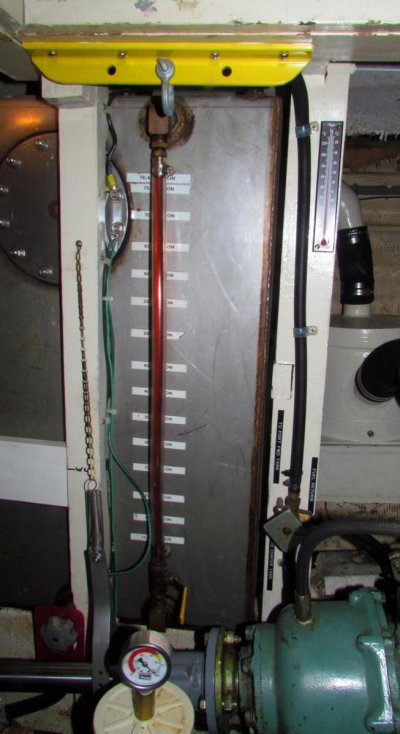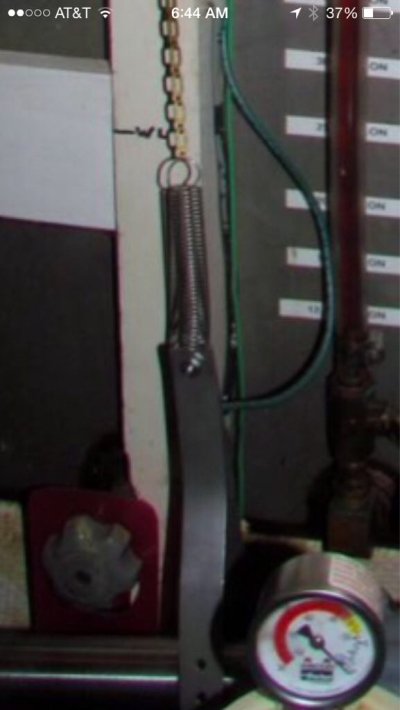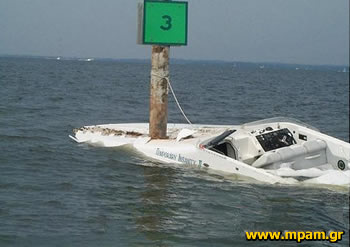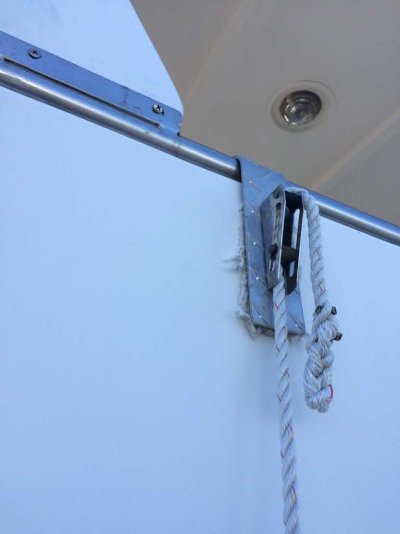BruceK
Moderator Emeritus
- Joined
- Oct 31, 2011
- Messages
- 13,347
- Vessel Name
- Sojourn
- Vessel Make
- Integrity 386
Is the "glass" being discussed, real actual glass like in windows, for drinking out of, or really fiberglass? Good for seeing if the strainer is compromised with muck, not good if the "glass" is real and takes a knock.
I understood some insurers didn`t like glass bowls on filters, the CAV type for example. My Racors have plastic drain bowls, I carry a spare because it could get fractured.
I`m keen to hear and learn more.
I understood some insurers didn`t like glass bowls on filters, the CAV type for example. My Racors have plastic drain bowls, I carry a spare because it could get fractured.
I`m keen to hear and learn more.







